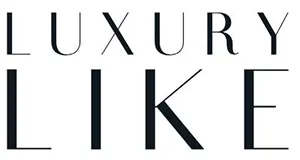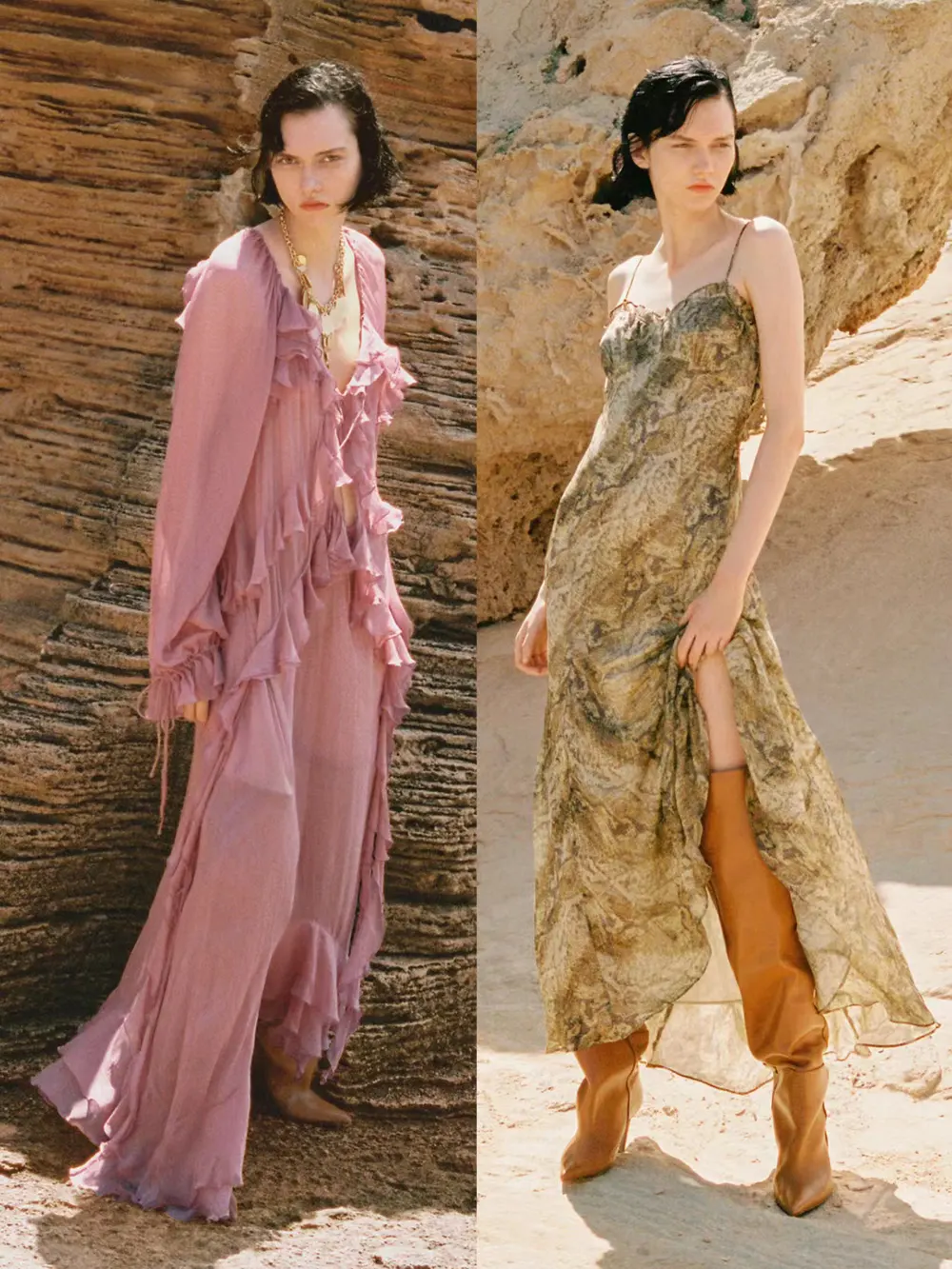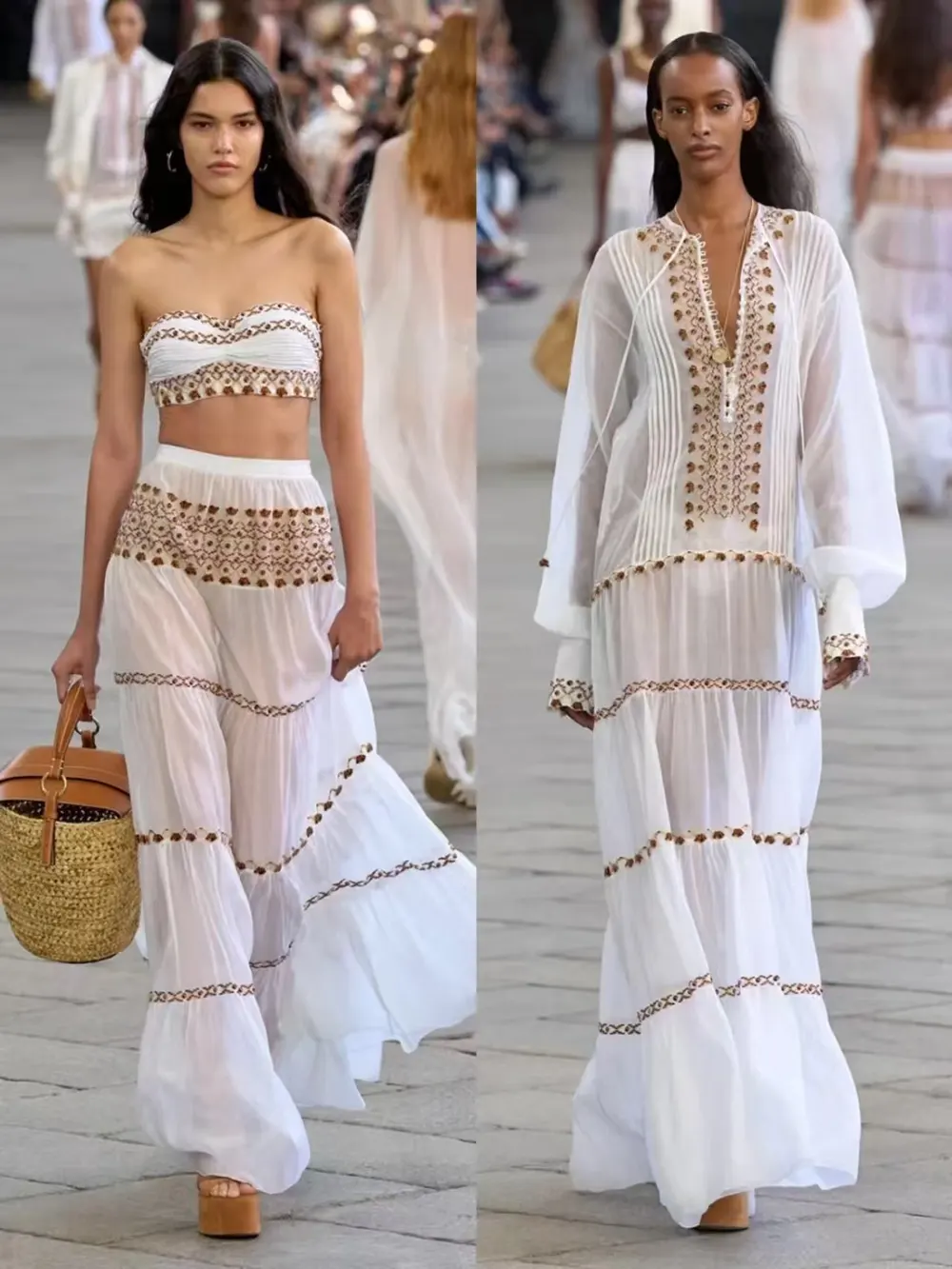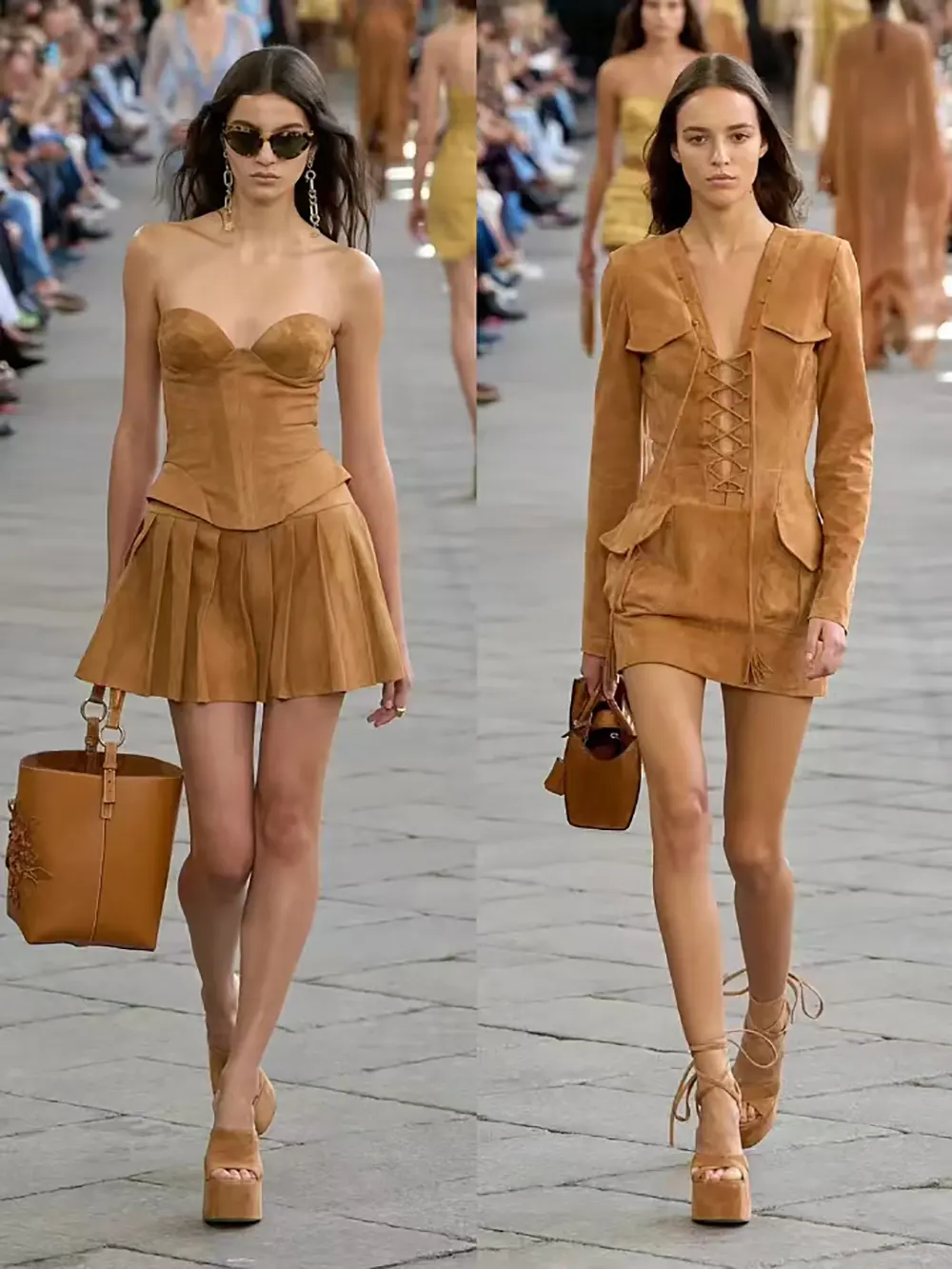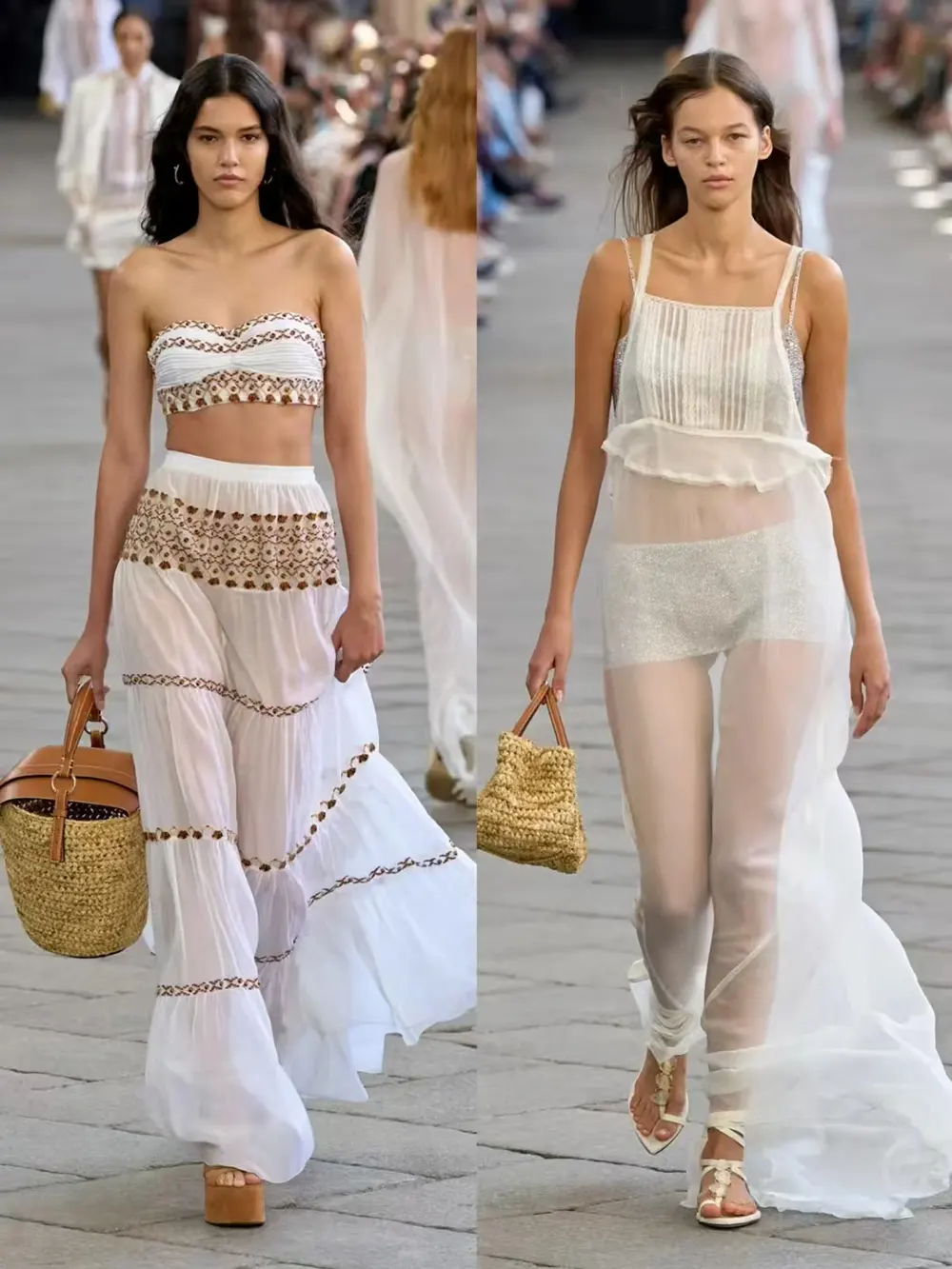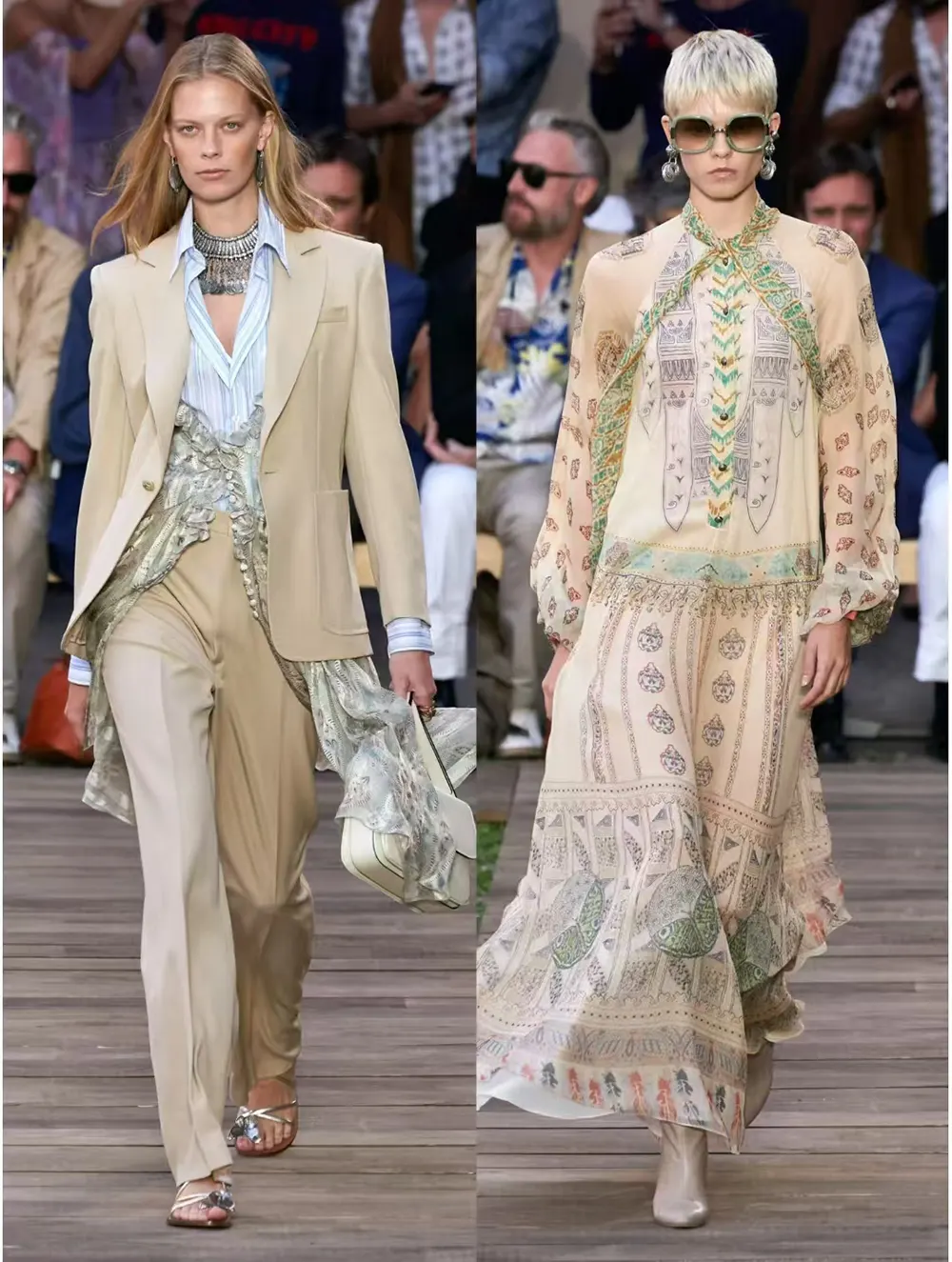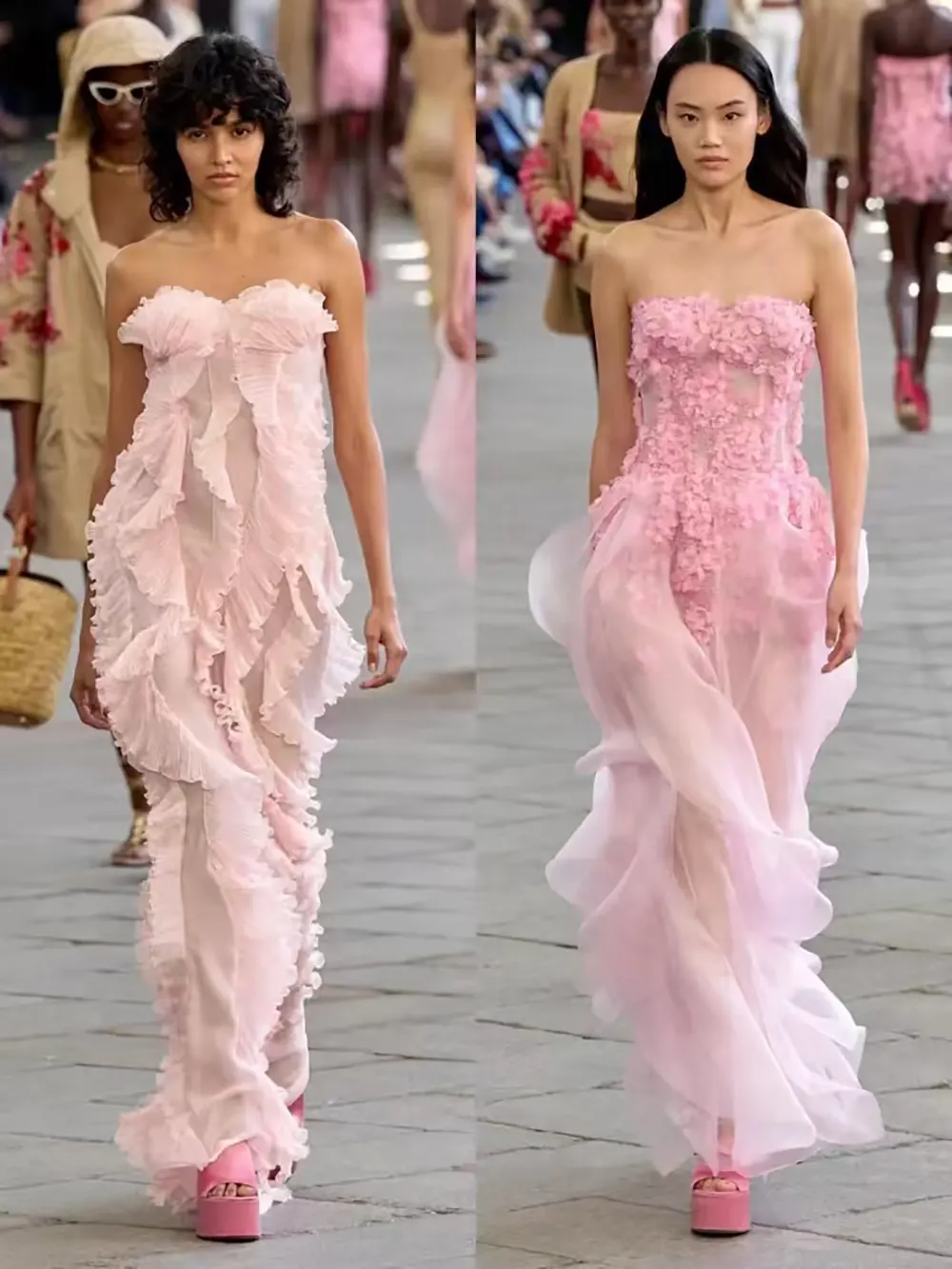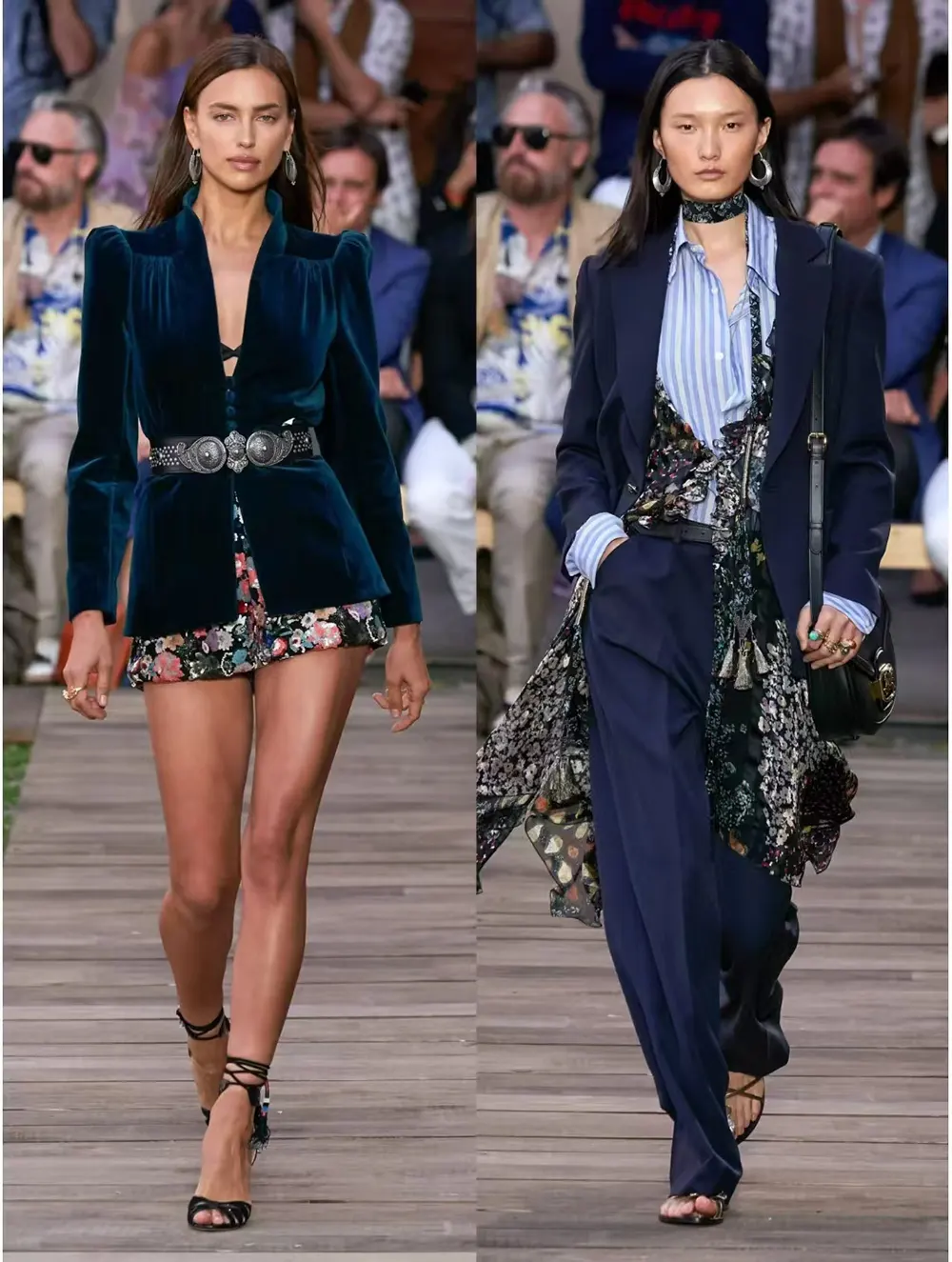In the ever-evolving landscape of fashion, few trends have managed to hold as much cultural significance and enduring appeal as Bohemian Style, also known as Boho Chic. Its roots are deeply embedded in history, yet it has effortlessly adapted to modern times, maintaining a prominent place on runways and in the wardrobes of style-conscious individuals worldwide. From its rebellious origins to its current status as a staple in festival fashion and everyday streetwear, Bohemian style is more than just a passing trend—it’s a lifestyle and a fashion statement.
As we explore Bohemian fashion’s rich history, key characteristics, and how it has influenced contemporary style, it’s clear that this free-spirited aesthetic is here to stay. Whether you’re a fashion enthusiast, a designer, or simply someone seeking to add a touch of creativity and individuality to your wardrobe, the allure of Boho fashion is undeniable.
A Brief History: The Rise of Bohemian Fashion
To truly appreciate the influence of Bohemian style in today’s fashion world, we need to rewind back to the early 19th century. It was during this time that Bohemian fashion emerged as a countercultural statement. Artists, writers, and intellectuals, who rejected societal norms, embraced a more relaxed and unconventional way of dressing, thus defining Boho fashion as a reflection of creative freedom and self-expression.
The term “Bohemian” itself is derived from Bohemia, a region in the Czech Republic that was home to Romani nomads. These people, often marginalized by society, were known for their eclectic, unconventional attire. Over time, the term “Bohemian” grew to describe anyone who embraced an artistic, free-spirited, and non-traditional way of life, transcending social boundaries and influencing fashion choices.
Fast forward to the 1960s and 1970s, and Bohemian fashion saw a resurgence through the hippie movement. At the time, young people sought to distance themselves from the rigidity of societal norms by embracing nature, freedom, and anti-establishment values. Fashion became a key medium for expressing these ideals. Loose, flowing garments, natural fabrics, and earthy tones became the hallmarks of hippie fashion, marking the early days of modern Boho style.
Defining Characteristics of Bohemian Fashion
So, what exactly makes Bohemian fashion so captivating? Several key elements distinguish this style from others, making it a timeless favorite for both high fashion designers and everyday fashionistas.
1. Flowing Silhouettes
One of the most recognizable features of Boho fashion is its loose, relaxed fit. From maxi dresses to oversized blouses, the aim is to create an effortless look that prioritizes comfort. This emphasis on fluidity and movement is a nod to the nomadic origins of Bohemian style.
2. Natural Fabrics
Boho fashion is all about connecting with nature, and this is reflected in the choice of materials. Cotton, linen, silk, and other natural fibers dominate Bohemian wardrobes, offering both comfort and sustainability. The use of natural fabrics adds to the style’s earthy, laid-back appeal.
3. Earth Tones and Vibrant Hues
The Bohemian color palette draws inspiration from nature. Earthy tones like beige, olive, terracotta, and burnt orange are often paired with bright and vibrant accents. The contrast between muted and bold colors helps achieve a balance between simplicity and artistic flair.
4. Bold Prints and Patterns
Another key feature of Boho fashion is its use of intricate prints and patterns. Floral motifs, paisleys, and geometric designs often adorn Bohemian clothing, drawing inspiration from a variety of cultures and artistic traditions. These patterns contribute to the eclectic, global vibe that defines Bohemian style.
5. Layering
Boho style is all about layering. The art of combining different textures, patterns, and materials is what sets this style apart. Whether it’s a mix of scarves, fringed vests, and flowing dresses, layering adds dimension and depth to a Bohemian-inspired look.
6. Fringe, Tassels, and Embroidery
Decorative elements like fringe, tassels, and embroidery are signature components of Bohemian fashion. These details bring texture, movement, and a handcrafted feel to garments and accessories, further enhancing the artisanal and organic nature of the style.
7. Accessories and Jewelry
No Boho look is complete without accessories. Layered necklaces, stacked rings, chunky bracelets, and wide-brimmed hats are often used to complete a Bohemian outfit. Boho accessories often incorporate natural materials like wood, leather, and semi-precious stones, staying true to the style’s earthy origins.
